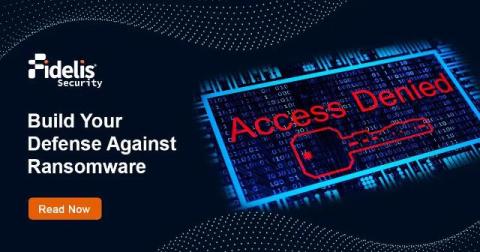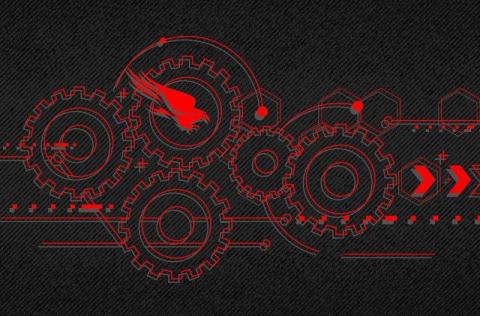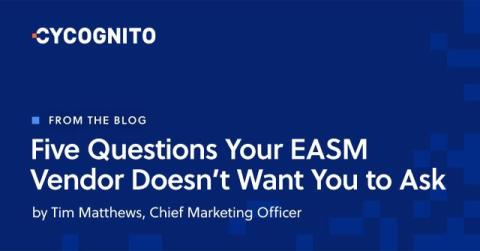Ransomware Defense Essentials: Why EDR and NDR Are Key
Increasingly targeted ransomware attacks, has cyber professionals on high alert securing their networks and understandably with a single attack being potentially such a massive loss (both in terms of finance, operational disruption as well as brand damage). A company that relies on its data to operate or grow should make setting in place a defense against ransomware a top priority. But we cannot take any protection measure without knowing what ransomware is all about.











